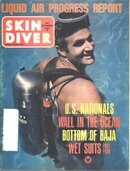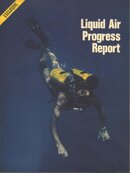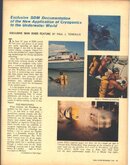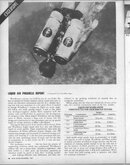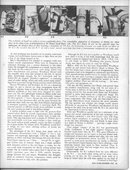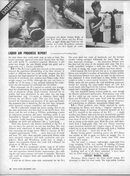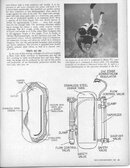There were articles on Cryogenic (liquefied air) Scuba developed by Jim Woodberry in the June (page 22) & December (page 28) 1967 issues of Skin Diver Magazine. Basically, liquid air was stored in Dewar flasks and warmed into gaseous air for breathing. Skin Diver's editor, Paul Tzimoulis, reported diving a prototype to 100' and the inventor diving to 200'.
The December article indicated that Mako (the air compressor manufacturer) was weeks away from finalizing the design and shipping production units. That was the last word I ever found on the subject.
So what happened? Did they discover a concept flaw, decide it wasn't marketable, couldn't deal with the weight change in the days before BCs, or there was not enough patent protection to justify bringing it to market?
The advantages are that the liquid to gaseous conversion is ~1:815 versus ~1:234 for a 3,442 PSI bottle and the operating pressure is below 250 PSI. Among the disadvantages is a pressure gauge would not indicate remaining air.
The December article indicated that Mako (the air compressor manufacturer) was weeks away from finalizing the design and shipping production units. That was the last word I ever found on the subject.
So what happened? Did they discover a concept flaw, decide it wasn't marketable, couldn't deal with the weight change in the days before BCs, or there was not enough patent protection to justify bringing it to market?
The advantages are that the liquid to gaseous conversion is ~1:815 versus ~1:234 for a 3,442 PSI bottle and the operating pressure is below 250 PSI. Among the disadvantages is a pressure gauge would not indicate remaining air.




